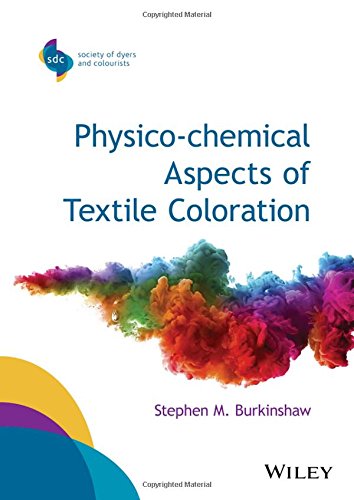

Most ebook files are in PDF format, so you can easily read them using various software such as Foxit Reader or directly on the Google Chrome browser.
Some ebook files are released by publishers in other formats such as .awz, .mobi, .epub, .fb2, etc. You may need to install specific software to read these formats on mobile/PC, such as Calibre.
Please read the tutorial at this link: https://ebookbell.com/faq
We offer FREE conversion to the popular formats you request; however, this may take some time. Therefore, right after payment, please email us, and we will try to provide the service as quickly as possible.
For some exceptional file formats or broken links (if any), please refrain from opening any disputes. Instead, email us first, and we will try to assist within a maximum of 6 hours.
EbookBell Team

4.1
70 reviewsThe production of textile materials comprises a very large and complex global industry that utilises a diverse range of fibre types and creates a variety of textile products. As the great majority of such products are coloured, predominantly using aqueous dyeing processes, the coloration of textiles is a large-scale global business in which complex procedures are used to apply different types of dye to the various types of textile material. The development of such dyeing processes is the result of substantial research activity, undertaken over many decades, into the physico-chemical aspects of dye adsorption and the establishment of ‘dyeing theory’, which seeks to describe the mechanism by which dyes interact with textile fibres.
Physico-Chemical Aspects of Textile Coloration provides a comprehensive treatment of the physical chemistry involved in the dyeing of the major types of natural, man-made and synthetic fibres with the principal types of dye. The book covers:
The up-to-date text is supported by a large number of tables, figures and illustrations as well as footnotes and widespread use of references to published work. The book is essential reading for students, teachers, researchers and professionals involved in textile coloration.